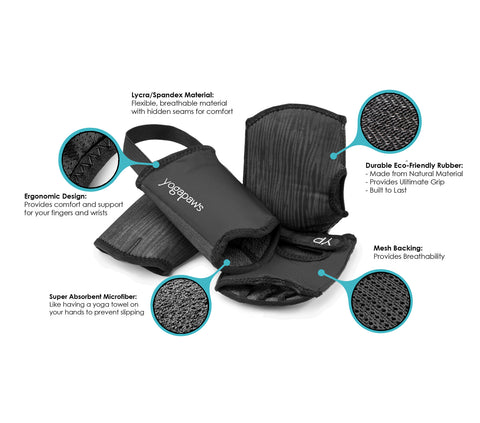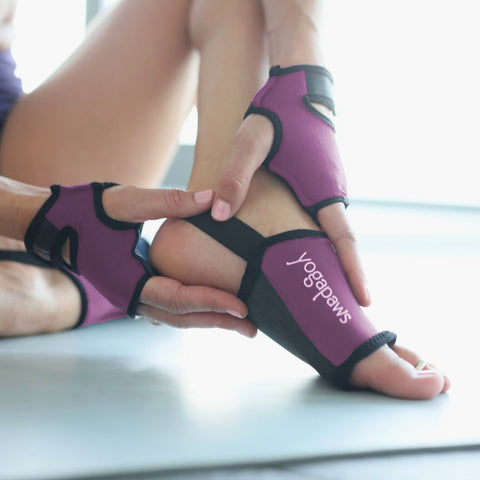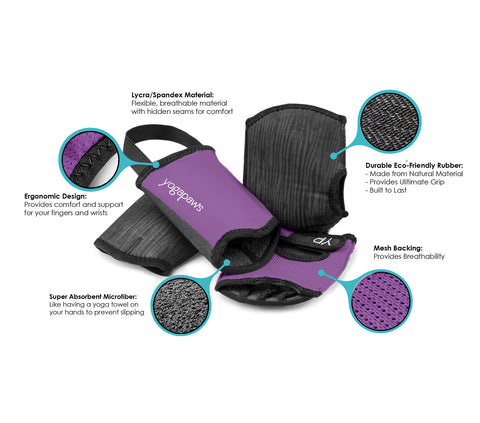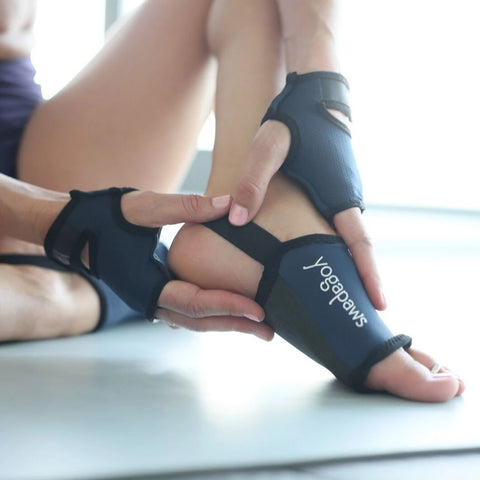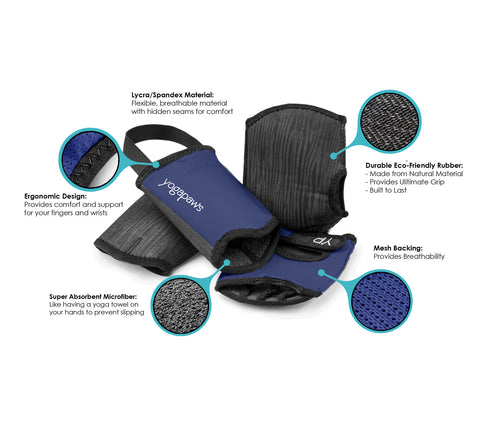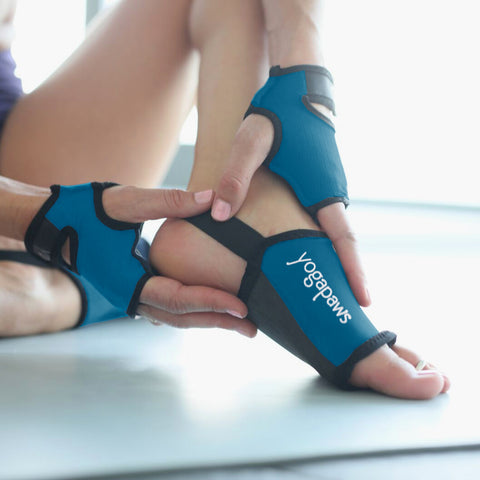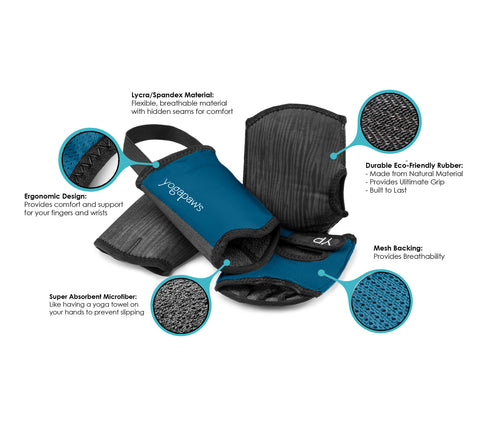Posted on January 25 2018
 It’s a sense of physical deadlock that can go on for what seems like forever until you’ve labeled yourself the student who can’t touch her nose to her knees or will never get into a split. Then, one day, you’re a little more warmed up, a little less stressed, or a little more courageous in your practice. Suddenly, your “challenge” poses seem doable. Your hips slide down that pesky last bit until you feel like you’re straddling two continents or your head gently makes contact with your knees. You realize that you can do the thing you thought you couldn’t. Sometimes you also need to stop and apply the same thinking to your life.
It’s a sense of physical deadlock that can go on for what seems like forever until you’ve labeled yourself the student who can’t touch her nose to her knees or will never get into a split. Then, one day, you’re a little more warmed up, a little less stressed, or a little more courageous in your practice. Suddenly, your “challenge” poses seem doable. Your hips slide down that pesky last bit until you feel like you’re straddling two continents or your head gently makes contact with your knees. You realize that you can do the thing you thought you couldn’t. Sometimes you also need to stop and apply the same thinking to your life.Westerners live in an impatient society that might reward achievement of a long-sought goal but often doesn’t encourage taking the time needed to meet that challenge. So, if you don’t succeed the first time, you often end up thinking you’re not good enough. You want to grow and change, whether the goal is a starting a business, changing your body, making time for meditation, learning a language or mastering an advanced pose. But, you’re afraid you can’t succeed, so you stop trying. It’s a natural response—like most people, you want to be good at everything, after all. But that thinking isn’t going to get you to your goals. The process of learning and growing is an organic one that you can’t always force to happen when you want to accomplish something.
So, try these poses and visualize yourself as you want to be. Feel your body entering into the fully realized shape you want it to take. Don’t wait until the final result to cheer yourself on—each step is a celebration of the process of mastering them:
 |
Upavistha Konasana (Wide-Angle Seated Forward Bend Pose) Benefits: This pose releases your hamstrings and allows you to gently stretch your legs farther outward as you progress. How to do it: Begin in Dandasana (Staff Pose). Place your hands under your hips and lean back slightly to open your legs into a right angle. Put your hands in front of you and open your legs slightly wider if you can. Focus on rotating your legs outward and begin to walk your hands forward, keeping your torso long and moving from your hips. Deepen the stretch until you feel a comfortable stretch in your hamstrings. Hold the pose for one minute, then come up on an inhale. |
 |
Chaturanga Dandasana (Four-Limbed Staff Pose) Benefits: This asana can be challenging, especially if upper-body strength is an issue. But you can feel your body strengthening and going deeper each time you practice. How to do it: Begin in Plank Pose. Keeping your elbows tucked into your sides, bend your arms until they are in line with your torso. Engage and lift your front body. Remain in the pose for 10 to 30 seconds, then push back into Adho Muka Svanasana (Downward-Facing Dog Pose). |
|
|
Natarajasana (Lord of the Dance Pose) Benefits: This standing backbend demands both strength and flexibility, so you’ll improve each time you practice it. How to do it: Begin in Tadasana (Mountain Pose). Shift your weight onto your right leg. Lift your left leg to the back and reach back to grasp it with your left hand. If you can’t reach, use a strap. Raise your left hand and foot, lifting your navel toward your ribs to lengthen the lower back. Stay in the pose for 20 to 30 seconds, then release and repeat on the other side. |
|
|
Padmasana (Lotus Pose) Benefits: The pose is a challenge for a lot of students, but your hips will open as you work on it. How to do it: Sit on the floor with your legs extended in front of you. Bend your right knee into your arms, moving it back and forth a few times to explore movement in your hip joint. Then place your right foot on your left thigh.Repeat movements with your left leg, placing your left foot on your right thigh. Feet should be parallel to the floor. |
 |
Salabhasana (Locust Pose) Benefits: This pose is only bounded by your sense of its limits, so as you increase your strength and flexibility you will feel the rewards. How to do it: Begin lying face down on your mat. Lift your head, upper back, and legs off the mat. Bring your arms back parallel toward your body. Focus on your head and feet lifting toward the ceiling. Remain in the pose for one to two minutes, then release. You can repeat this pose once or twice more if you want. |
Once you learn to feel the joy in the process of mastery, you’ll start to experience your practice as a journey. Next time you hit the mat, think about how you’re going to challenge yourself and visualize that success.


 Advanced version
Advanced version

